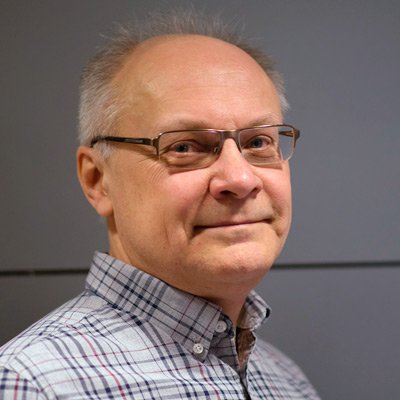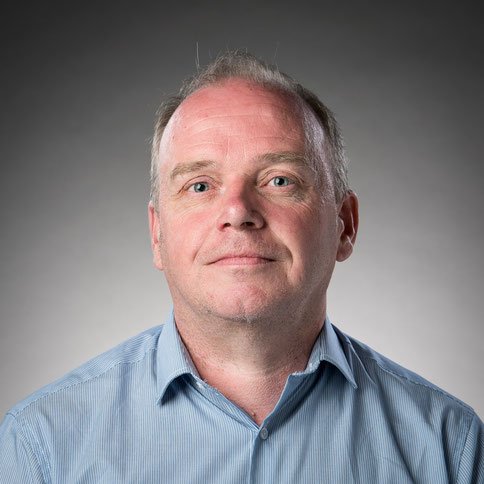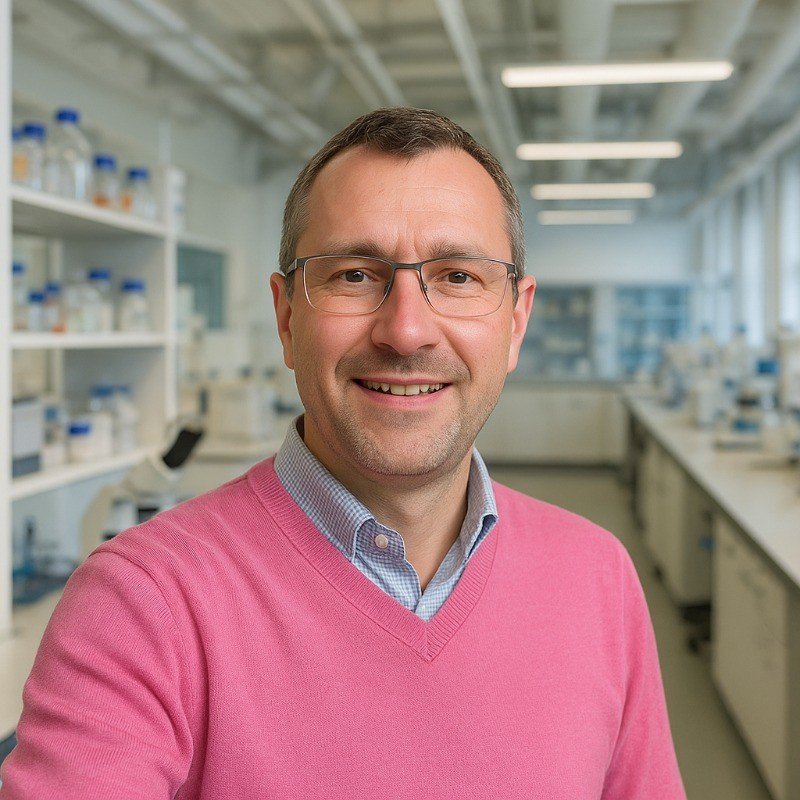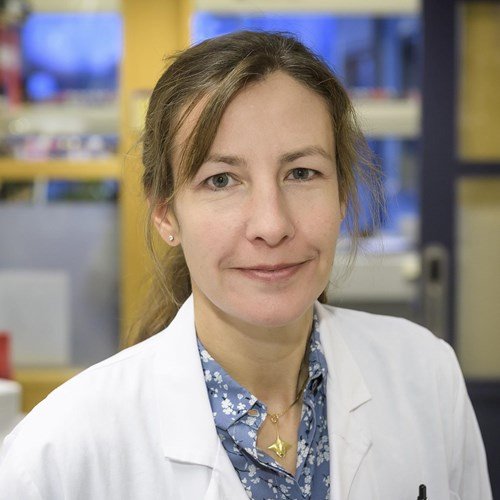ABOUT AMBER
ABOUT
AMBER
PARTNERS
PIs
This initiative is being made at a time when remarkable changes are occurring on the scientific landscape in terms of facility developments, data management, and data analysis and interpretation. It is hard to imagine a time for which there has been a bigger need to bring together communities from different fields in an adaptive and progressive way. The current gap between clinical and fundamental science is a great challenge given the importance of relating in vitro biomedical research with in vivo and ex vivo results.
The AMBER consortium and the program has been designed to bridge these fields – at a time in which there are massive technical and methodological developments in Europe at central facility X-ray and neutron beam sources, and complementary techniques. There is also explosive growth and increasing convergence in the application of artificial intelligence and machine learning approaches. AMBER brings together and enables medical, biological, and methodological capabilities in an unprecedented way, with a profound potential impact for Europe’s next generation research and next generation researchers.
ABOUT THE Implementing ORGANISATIONS
Lund University (in Lund, Sweden)
Specifically two major organisations hosted by Lund Unviersity are active in AMBER:
LINXS Institute for advanced Neutron and X-ray Science (coordinating AMBER)
LINXS is an advanced study institute whose mission is to promote science and education focusing on the use of neutrons and X-rays, to attract world-leading scientists for short-term focused research visits, and to create international networks.The MAX IV Laboratory
MAX IV is a Swedish national laboratory providing scientists with the most brilliant X-rays for research with Lund University as the host university. The facility is funded primarily by Swedish and international research funders, consortia, and 14 Swedish research universities. MAX IV delivers high-quality X-ray light for research in materials and life sciences. The facility was inaugurated 21 June 2016.AMBER postdoctoral fellowships at Lund University will be hosted at the Faculty of Medicine, the Faculty of Science, and the Faculty of Engineering
The International Institute of Molecular Mechanisms and Machines (IMOL) of the Polish Academy of Sciences (in Warszawa, Poland)
IMol has been established to conduct scientific research and provide training in the fields of biological, chemical, medical, biotechnological, bioinformatics, biophysical, pharmacological, and similar sciences, in the international environment conducive to collaborative efforts, research and development interactions with biotechnological industry, and wide dissemination of our results. They aim at the development of solutions that will help everyone on this planet live a safer life.
The European Spallation Source ESS ERIC (in Lund, Sweden)
The European Spallation Source (ESS) is a European Research Infrastructure Consortium (ERIC), a multi-disciplinary research facility based on the world’s most powerful neutron source. Their vision is to build and operate the world’s most powerful neutron source, enabling scientific breakthroughs in research related to materials, energy, health and the environment, and addressing some of the most important societal challenges of our time.
The European Molecular Biology Laboratory EMBL
With 29 member states, the European Molecular Biology Laboratory (EMBL) has more than 110 independent research groups and service teams covering the spectrum of molecular biology at six sites in Barcelona, Grenoble, Hamburg, Heidelberg, EMBL-EBI Hinxton, and Rome.
The Institut Laue Langevin ILL (in Grenoble, France)
The Institut Laue-Langevin is an international research centre at the leading edge of neutron science and technology. As the world’s flagship centre for neutron science, the ILL provides scientists with a very high flux of neutrons feeding some 40 state-of-the-art instruments, which are constantly being developed and upgraded. As a service institute the ILL makes its facilities and expertise available to visiting scientists. Every year, about 1400 researchers from over 40 countries visit the ILL and 1000 experiments selected by a scientific review committee are performed. Research focuses primarily on fundamental science in a variety of fields: condensed matter physics, chemistry, biology, nuclear physics and materials science, among others.
The Leicester Institute for Structural and Chemical Biology LISCB at the University of Leceister (in Leicester, UK)
The Institute for Structural and Chemical Biology includes experts engaged in work that could ultimately lead to new medical treatments, securing support from pharmaceutical companies and other funders. The University of Leicester has a long history of using structural biology to answer challenging questions in biology and accelerate drug discovery. We do so using different techniques, each able to address different questions and generate 3D structures of biomolecules in detail. The latest such technique is our state-of-the-art Cryo-EM facility, which complements our outstanding NMR and crystallography capabilities.
The LISCB were part of the AMBER application, and is participating in AMBER with funding from the UKRI under a financing mechanism which allowed UK organisations to participate in Horizon Europe before the current official association status was put in place on the 7th of September 2023.
Principal Investigator
Frank Gabel works in the Biology, Deuteration, Chemistry and Soft Matter (BDCS) group at the Institut Laue-Langevin (ILL).
Project in third call:
Developing new tools for structural biology of biomacromolecular complexes in solution: a joint SAXS/SANS contrast variation study of the membrane protein FhuA
Principal Investigator
Vladimir Denisov is a researcher in Biomedical Engineering at Lund University.
Project in third call:
Altered metabolism in type 2 diabetes and its complications – metabolite profiling and metabolic imaging using correlative NMR, MS and HP-MR techniques
Principal Investigator
Isabel Gonçalves is Professor of Cardiology (Clinical Sciences Malmö, Lund University) and active cardiologist (senior consultant) in the Skåne University Hospital. Her research group uses and develops clinical and experimental imaging modalities to study atherosclerosis mechanisms, that underlie heart attacks and strokes, to improve their early diagnosis and discover new therapies to treat them.
Project in third call:
Multimodal imaging of human atherosclerotic plaques to prevent strokes and heart attacks
Principal Investigator
Professor Trevor Forsyth leads the Molecular Biophysics research group in the Medical Faculty at Lund University. The main research interests of his group concern the study of macromolecular systems using physical techniques such as neutron and X-ray scattering and other biophysical techniques including cryo electron microscopy.
Project in third call:
The structural basis of transthyretin amyloidosis and significance for amyloid cardiomyopathy
Principal Investigator
Karin Lindvist is research team manager of the Medical Structural Biology Group at the Department of Experimental Medical Science at Lund University. Her research group uses structural biology techniques, such as X-ray crystallography, and combines that with microscopy to reveal mechanisms of action in the metabolic systems in the human body.
Project in third call:
Aquaporins in health and pathology
Principal Investigator
Senior lecturer Pontus Gourdon is research team manager of the Membrane Protein Structural Biology Group at the Department of Experimental Medical Science at Lund University. His research group works on structural and functional characterizing of membrane proteins that are essential for human health and highly attractive targets in the treatment of disease.
Project in third call:
Basic and applied science targeting TRP ion channels
Principal Investigator
Professor Mikael Lund leads a group at the Division of Computational Chemstry at Lund University. His research interests include biomolecular interactions, simulation techniques (Monte Carlo, Molecular Dynamics), and statistical thermodynamics.
Project in third call:
Modelling solution thermodynamics and scattering in complex biomolecular samples
Principal Investigator
Hanna Wacklin-Knecht works at the European Spallation Source (ESS) and Lund University. Her primary research topic is biophysical chemistry of lipids and proteins at interfaces.
Project in third call:
Lipid alterations in cancer – deuteration as contrast agent for imaging cell membrane properties at the molecular scale using neutron scattering
Principal Investigator
Felix Roosen-Runge is an Associate Professor in the Division of Physical Chemistry at Lund University, Sweden. His research addresses dynamics, structure and assembly in soft and biological matter by combining X-ray, light and neutron scattering methods with coarse-grained modeling and data science.
Project in second call:
Microscopic structure in plant seeds by scanning X-ray diffraction
Principal Investigator
Professor Hanna Isaksson leads a group at the Department of Biomedical Engineering at Lund University. Her research area is primarily musculoskeletal tissue biomechanics and mechanobiology.
Project in second call:
High resolution imaging of the bone-cartilage interface in the knee during osteoarthritis
Principal Investigator
Emma Sparr is a professor of physical chemistry and colloidal biology. Her research is focused on applying physical chemistry principles to biological system, and the experimental studies include both well-controlled model systems and biological samples with complex compositions.
Projects in second call:
Membrane-induced liquid-liquid phase separation
Impact of Nanoparticle Binding on Lipid Redistribution and Membrane Deformation in Cellular Membranes
Principal Investigator
Senior lecturer Vasili Hauryliuk is research team manager of the Molecular Enzymology Group at the Department of Experimental Medical Science at Lund University. His research group works on structural and functional characterizing of molecular mechanisms of bacterial antiphage immunity.
Project in second call:
Molecular mechanisms of antiphage defense
Principal Investigator
Jan Ellenberg leads a research group at the European Molecular Biology Laboratory in Heidelberg. The group mainly studies cell division and nuclear organisation.
Project in second call:
A novel optical microscopy platform for cross scale imaging of mammalian and human fertility
Principal Investigator
Professor John Schwabe leads a research group at the Department of Molecular and Cell Biology at the University of Leicester. The group’s research focuses on understanding enzymes inside the cell nucleus that assemble into large complex molecular machines to regulate genes.
Project in second call:
Biomolecular assemblies in healthy development and cancer
Principal Investigator
Dr Yolanda Markaki is Lecturer and group leader at the the Department of Molecular and Cell Biology at the University of Leicester. Her research area is Developmental Epigenetics and Nuclear Architecture.
Project in second call:
Biomolecular assemblies in healthy development and cancer
Principal Investigator
Dr Cyril Dominguez is Associate Professor in Structural Biology at the University of Leicester. His main research interest is protein-RNA interactions involved in the regulation of alternative splicing.
Projects in second call:
Structural investigation of the intrinsically disordered regions of the RNA binding protein Sam68: implication for RNA binding and phosphorylation
Biomolecular assemblies in healthy development and cancer
Principal Investigator
Dr Christopher Switzer is Lecturer at the Department of Molecular and Cell Biology at the University of Leicester. His research interests include tumour microenvironment, nitric oxide and S-nitrosylation, immune suppression and epigenetic regulation.
Project in second call:
Defining how reactive metabolites regulate the protein cysteinome
Principal Investigator
Prof Steven Bull is Head of School of Chemistry at the University of Leicester, where he also leads a research group. The group focuses on developing synthetic methodology to prepare functional molecules that exhibit interesting physical and biological properties.
Project in second call:
Defining how reactive metabolites regulate the protein cysteinome
Principal Investigator
Dr Richard Hopkinson is Associate Professor of Organic Chemistry at the University of Leicester. His research focus is on understanding how reactions between biomolecules and reactive small molecules, such as formaldehyde, affect biological systems in health and disease.
Project in second call:
Defining how reactive metabolites regulate the protein cysteinome
Principal Investigator
Professor Peter Moody leads a research group on Enzyme structure and function at the University of Leicester. His research group primarily studies the interactions of biomolecules, using techniques such as crystallography.
Project in second call:
Unravelling the mechanism by which haem modulates the activity of transcription factors
Principal Investigator
Dr Matthew Blakely is a research scientist at Institut Laue-Langevin. His main research area is Structural Biology using neutrons and X-rays.
Project in second call:
Visualization of hydrogen atoms in carbohydrate-binding proteins and their complexes
Principal Investigator
Professor Andrew Hudson leads a research group at the School of Chemistry at the University of Leicester. The group aims to bring frontier technologies in spectroscopy, imaging, photonics and microfluidics to bear on problems at the life-science interface.
Projects in second call:
Unravelling the mechanism by which haem modulates the activity of transcription factors
Structural investigation of the intrinsically disordered regions of the RNA binding protein Sam68: implication for RNA binding and phosphorylation
Principal Investigator
Dr Hanna Kwon is a lecturer in Structural Biology at the University of Leicester. In her research, she uses techniques such as X-ray and neutron crystallography to understand the mechanisms of metalloenzymes.
Project in second call:
Unravelling the mechanism by which haem modulates the activity of transcription factors
Principal Investigator
Associate professor Martin Bech leads a research group at the Department for Medical Radiation Physics, Lund University. His research focuses on X-ray microscopy and applications to bio-medical samples.
Project in first call:
X-ray fluorescence mapping of biological tissue
Principal Investigator
Professor Agnieszka Chacińska is the group leader and director of IMol, the institute of Polish Academy of Sciences. Her research group has a particular interest in the biochemistry of cells and molecular aspects of cell biology.
Projects in first call:
Mechanisms of protein transport into mitochondria
Functional alterations of protein import into mitochondria
Principal Investigator
Dr Remigiusz Serwa is core facility leader of the Proteomic Core Facility (PCF) at IMol, the institute of Polish Academy of Sciences.
Project in first call:
Functional alterations of protein import into mitochondria
Principal Investigator
Professor, Docent and Assistant Head of Division of Theoretical Chemistry at Lund University. Research interests include intrinsically disordered proteins (IDPs) and their interaction in solution and to surfaces, utilizing computer simulations in combination with scattering to achieve an understanding of the underlying physics.
Projects in first call:
Structural investigation of the intrinsically disordered regions of the RNA binding protein Sam68: implication for RNA binding and phosphorylation
Principal Investigator
Matthew Bowler is a Staff scientist at EMBL Grenoble. His primary research topic is Biological and biomedical imaging and Protein structure in health and pathology.
Project in fourth call (together with Kristina Djinovic Carugo):
Cross-scale imaging of the invasion and progression of Toxoplasma gondii in human cells
Principal Investigator
Kristina Djinovic Carugo is the Head of EMBL Grenoble. Her primary research topic is Biological and biomedical imaging and Protein structure in health and pathology.
Project in fourth call (together with Matthew Bowler):
Cross-scale imaging of the invasion and progression of Toxoplasma gondii in human cells
Principal Investigator
Milena Corredig is a Professor at the Department of Food Science and Food Technology, Aarhus University. Her primary research topic is biological and biomedical imaging.
Project in fourth call:
Mastering microdynamics in milk multiphase systems
Principal Investigator
Dimitrios Floudas is a researcher at Microbial ecology, Lund University, and a Principal Investigator at BECC: Biodiversity and Ecosystem services in a Changing Climate. His primary research topic is Lipids, lipid-based therapeutics and partially ordered systems.
Project in fourth call:
Post-doc in lipid deuteration for neutron science
Principal Investigator
Eva Maria Rebrova is a Researcher at Medical Structural Biology, and Project coordinator at Infect@LU. Her primary research topic is biological and biomedical imaging.
Project in fourth call:
Visualizing Microbial Injection Systems in Human Microbiomes
Principal Investigator
Ann Terry is a researcher and Team Manager at MAX IV, Science Division.
Project in fourth call:
Development of microfluidics on the COSAXS beamline
Principal Investigator
Kristina Thånell is a researcher and Team Manager at MAX IV, Science Division. She is also Principal investigator at NanoLund: Centre for Nanoscience. Her primary research topic is bological and biomedical imaging.
Project in fourth call:
Developing a nano-spectral imaging approach for biological and biomedical samples
Principal Investigator
Professor Jan Forsman works at the the Division of Computational Chemistry at Lund University. His primary research topic is statistical thermodynamical research.
Project in first call:
Many-body interactions in crowded biological systems
Principal Investigator
Sara Linse is a professor of physical chemistry and molecular protein science. She studies protein self-assembly and co-assembly with chaperones and lipids, with an aim to understand the physicochemical basis for these processes.
Project in second call:
Condensate-mediated amyloid nucleation
Principal Investigator
Dr Karin Tran-Lundmark is a physician scientist and associate professor the the Department of Experimental Medical Science at Lund University.
Project in first call:
3D imaging of pulmonary vascular remodeling
Principal Investigator
Filip Szczepankiewicz is an associate senior lecturer at the Department of Medical Radiation Physics at Lund University. His research topics include advanced MRI in prostate cancer, MRI methods development and microstructure imaging.
Project in first call:
Pre-clinical exploration of prostate cancer microstructure by MRI and micro-CT









































Principal Investigator
Alessandro Tengattini is an instrument scientist at the Institut Laue-Langevin (ILL).
Project in third call:
Neutron plus X-ray Tomography of Bio-structures